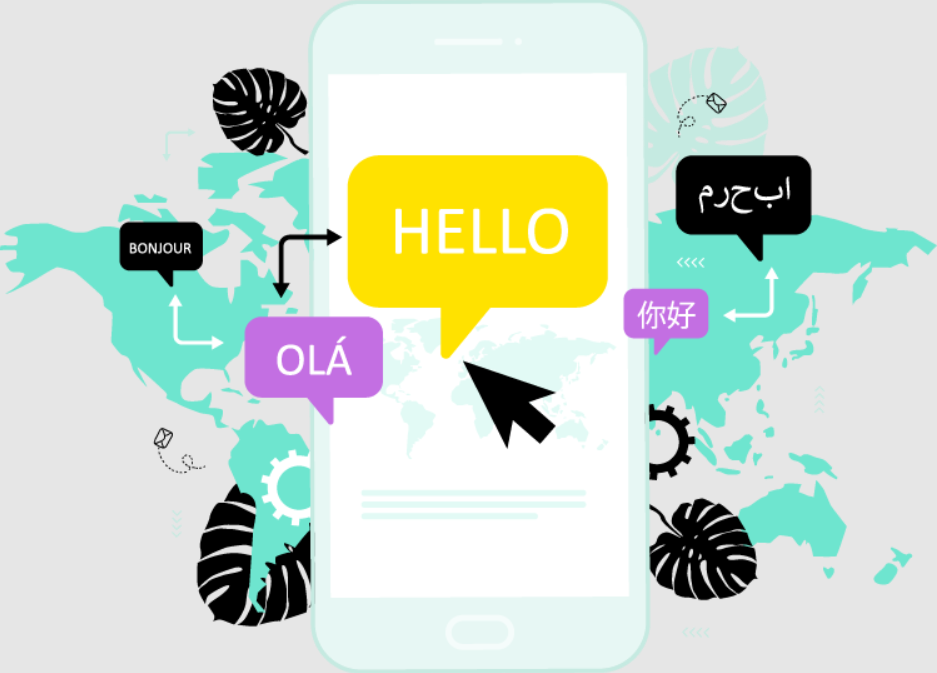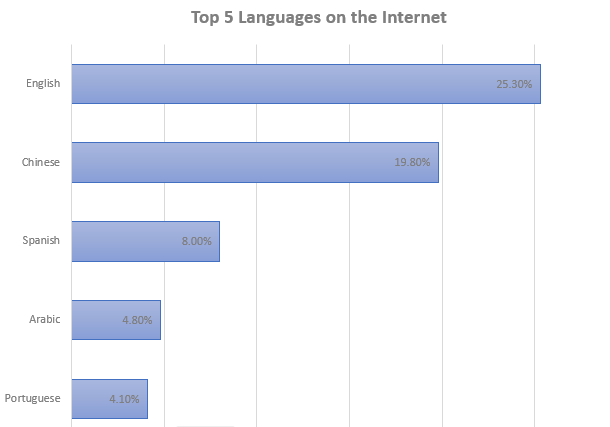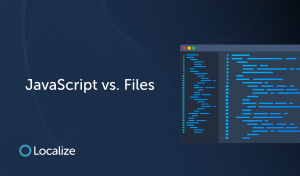If users can’t read your mobile app in their native language, chances are that they won’t buy from you, either. According to market research, 76% of consumers prefer to purchase products from sites and apps written in their native language. You might be losing out on revenue if your mobile app isn’t localized for different languages.
So, the question is, are you planning to localize your mobile apps yet? If not, we might be able to convince you. Let’s explore what localization is and why it’s so important. Then we’ll share some tips for optimizing your mobile app localization process.
Benefits of Localizing Mobile Apps
Localization is the process where a mobile app is customized for users in a different culture, language, or region. For example, the checkout and payment methods you use in America might not work for users in Japan. Customizing your app for different locales broadens your app’s reach in the global market and draws in more revenue.
Translation is a big part of app localization, but it’s not the only factor. Localization includes a full evaluation of app functionality to ensure a good fit for each locale. Worldwide app store optimization (ASO) is also important for localizing app descriptions in the Apple and Google Play app stores.
Although it takes time and effort, localization pays off in downloads, new users, and revenue. According to a study by Distomo, app store downloads for localized apps were 128% higher than non-localized apps. Plus, localized apps produced 26% in additional revenue for each region.
These numbers prove that it’s a great idea to localize your iOS and Android apps for a global audience!
Tips for Mobile App Localization
Here are our top 5 tips for localizing your mobile app effectively.
1. Focus on the Most Profitable Regions and Languages
To get started, you should focus on the most common languages on the internet. Here are the top 5 languages online:
The top 3 languages— English, Chinese, and Spanish—should be an early priority for localization since they account for 55% of all the content on the internet. After you localize for these languages, you can continue moving down the list.
2. Find a Certified Translator
Artificial intelligence (AI) tools like Google Translate are helpful, but they’re no substitute for professional translation. A skilled human translator from a translation agency or LSP can make your text sound more natural to native speakers in your target market.
For example, even a single language like French has different regional variations. Poor word choice or bad grammar might cause local readers to question the integrity of your mobile app. A professional translator can help you avoid common mistakes and help your app maintain credibility.
3. Test the Mobile App with Users in their Native Language
Thorough beta testing can help uncover problems and correct bugs before app launch. You should include localization testing in your beta programs. Localization testing verifies that your app’s functionality and UI work smoothly in different languages.
During your tests, you should find testers for each region where you plan to release the app. They can review your translated user interface to make sure it looks and feels natural for their language and culture.
4. Watch Out for Cultural Differences
Be mindful of possible cultural differences in your user experience. In some cultures, hand gestures or emoji can mean a friendly hello. But in other cultures, that same gesture could mean something completely different. For example, the OK emoji (👌) is considered offensive in Brazil.
Depending on your location and context, the meaning of slang and informal speech can also vary widely. When localizing your app content, make sure you have a trusted, certified translator to look through all of your images, text, videos, music, emoji, and more.
5. Use a Safe, Secure Web Host
Some app developers start as cheaply as they can, looking for a web host that will give them “unlimited” space and bandwidth for pennies a month. And this will work if your app isn’t popular. But if your app becomes popular, crashes might become the norm. A cheap, insecure web host will end up costing you customers and revenue.
Instead, look for a reliable hosting provider that serves your intended locale. If your users are exclusively German, your web host should have data centers based in Germany. If your users are in North America, American or Canadian web hosting services are the best option. Sometimes, this means spending a little more than you want to every month. But a quality web host is worth it for peace of mind. If your infrastructure can safely handle more users and more app downloads, you’ll get more revenue.
Conclusion
As you can see, mobile app localization is truly a must-do for any app developer. When it’s done properly, localization is one of the best ways to ensure more downloads, more users, and more revenue.
Ready to localize your mobile app now? We can help!
Try Localize
Localize understands that mobile app translation is an essential part of increasing your market share and revenue in different regions. That’s why we make it easy for you to translate your app without the hassle of managing strings and spreadsheets.
Contact Localize to learn how we can help you grow your mobile app in new markets.









